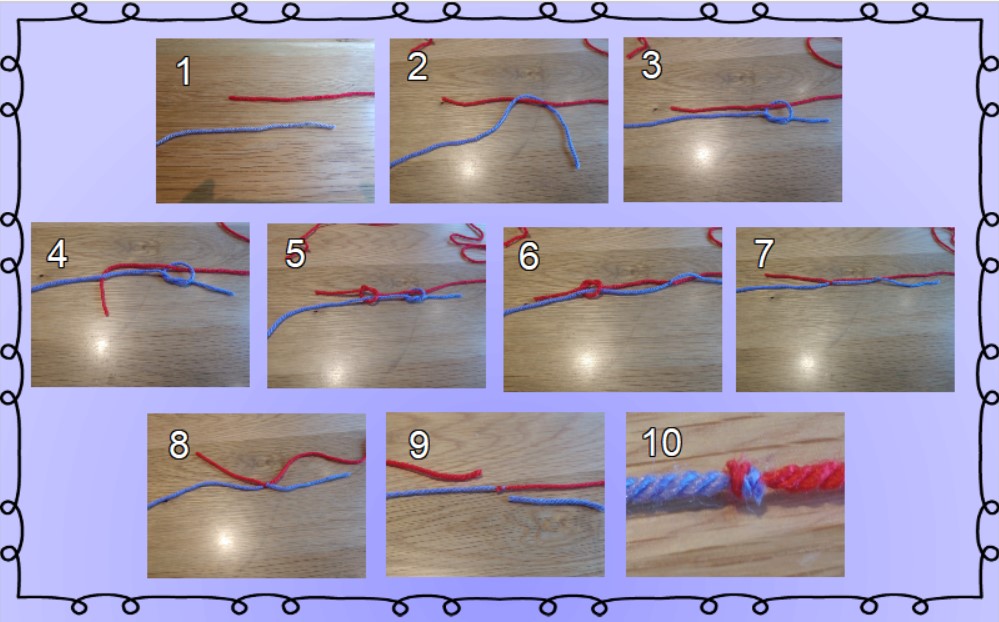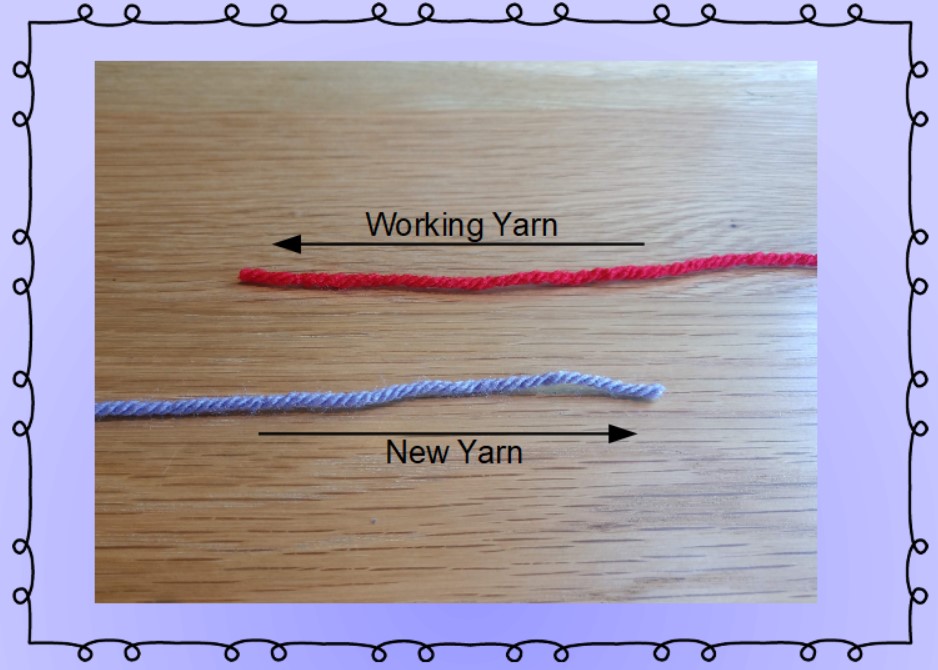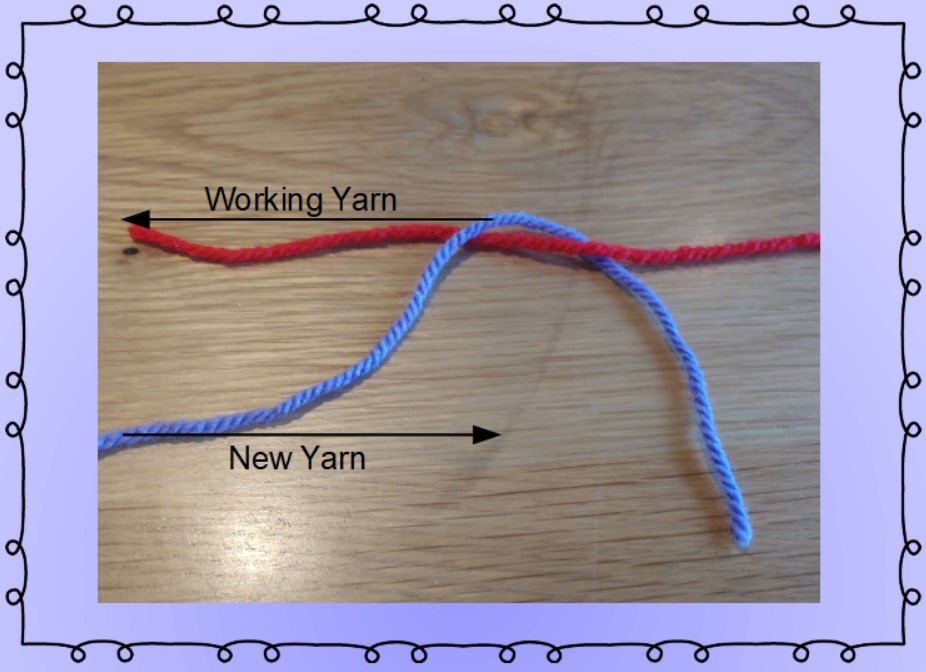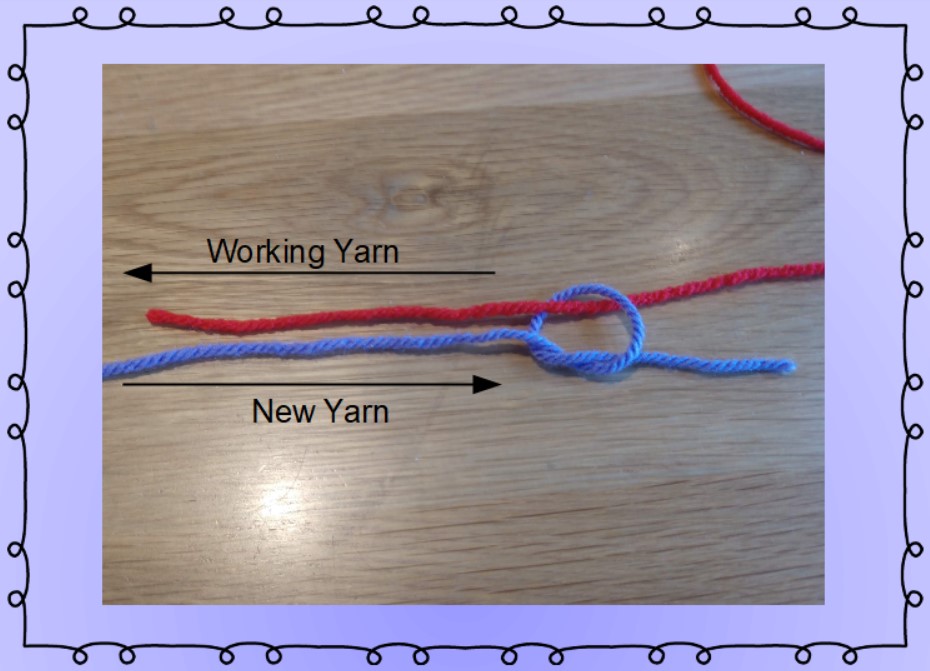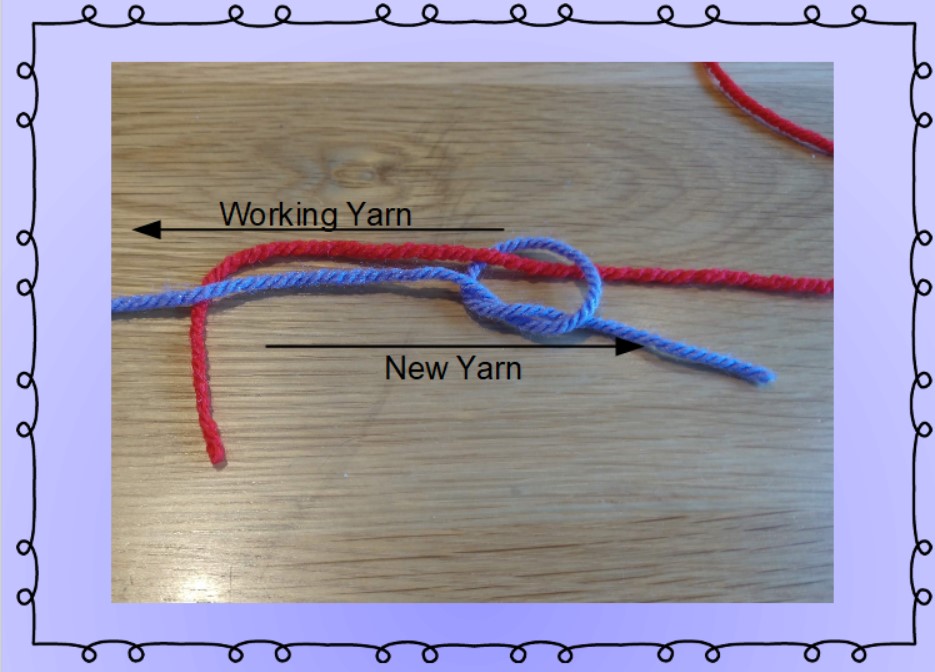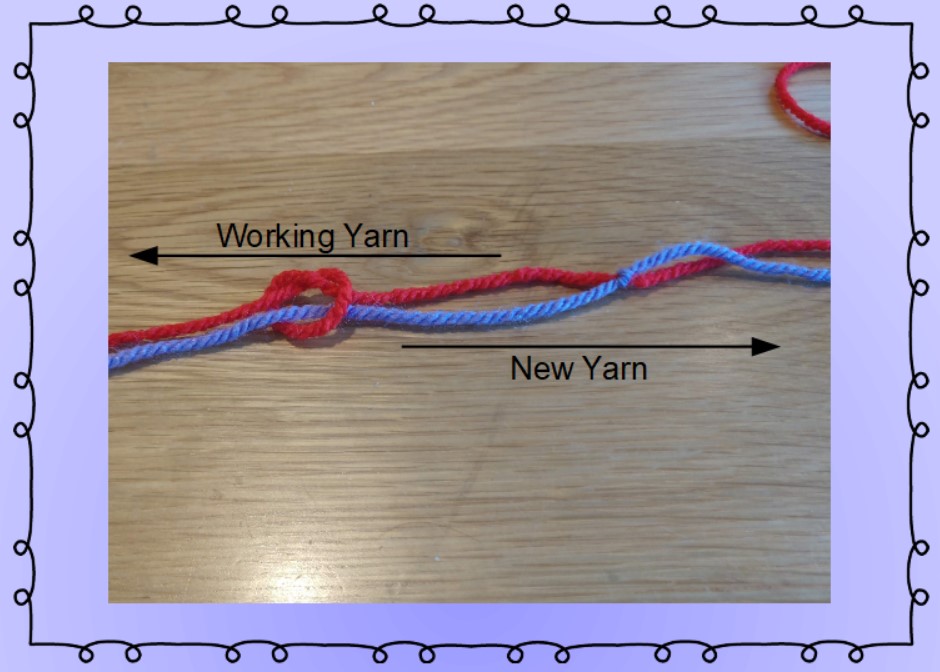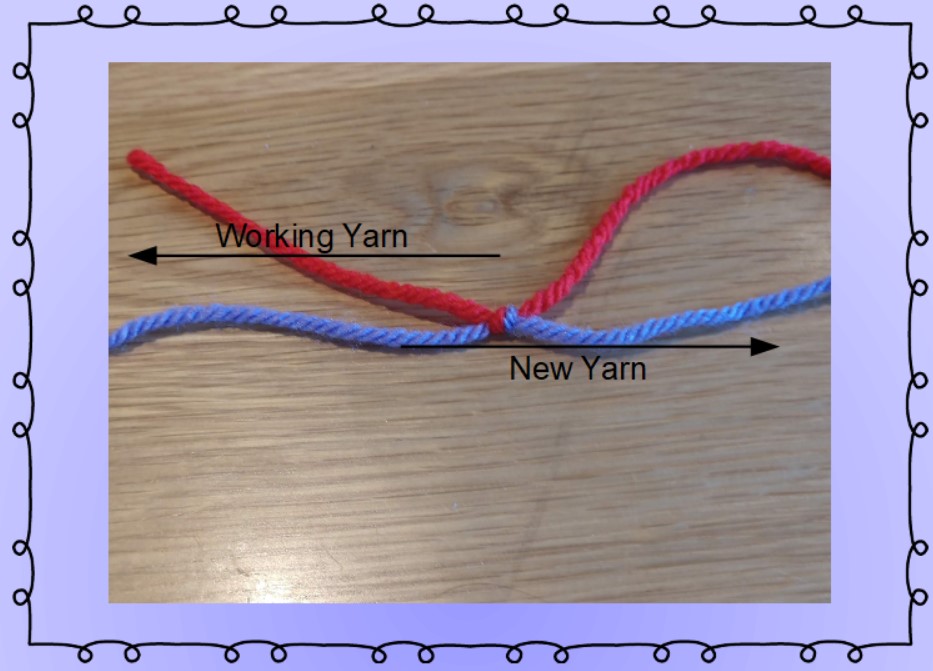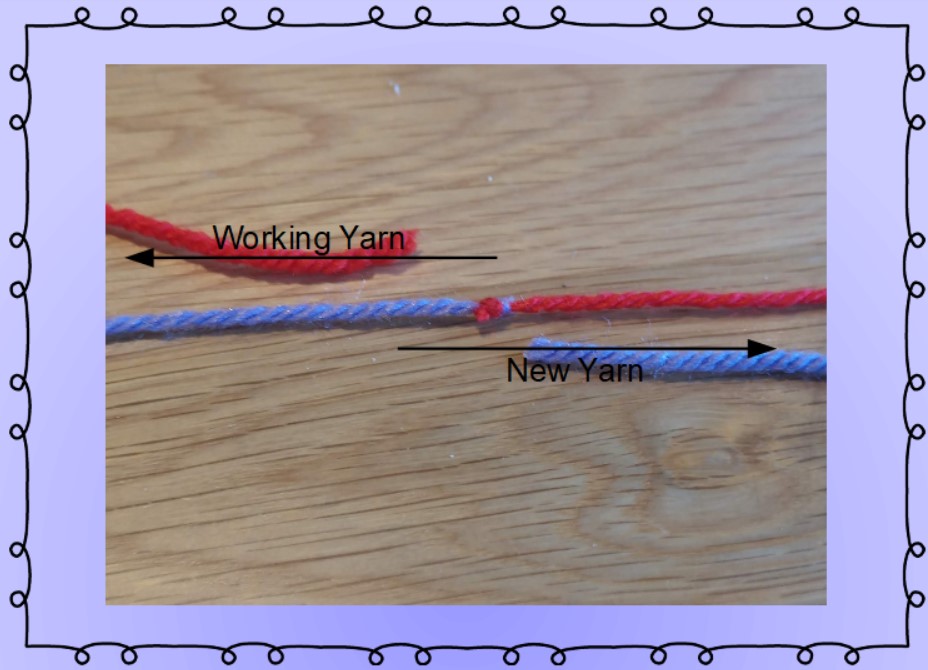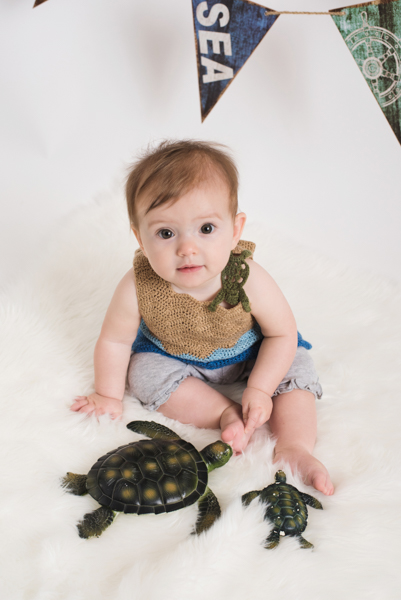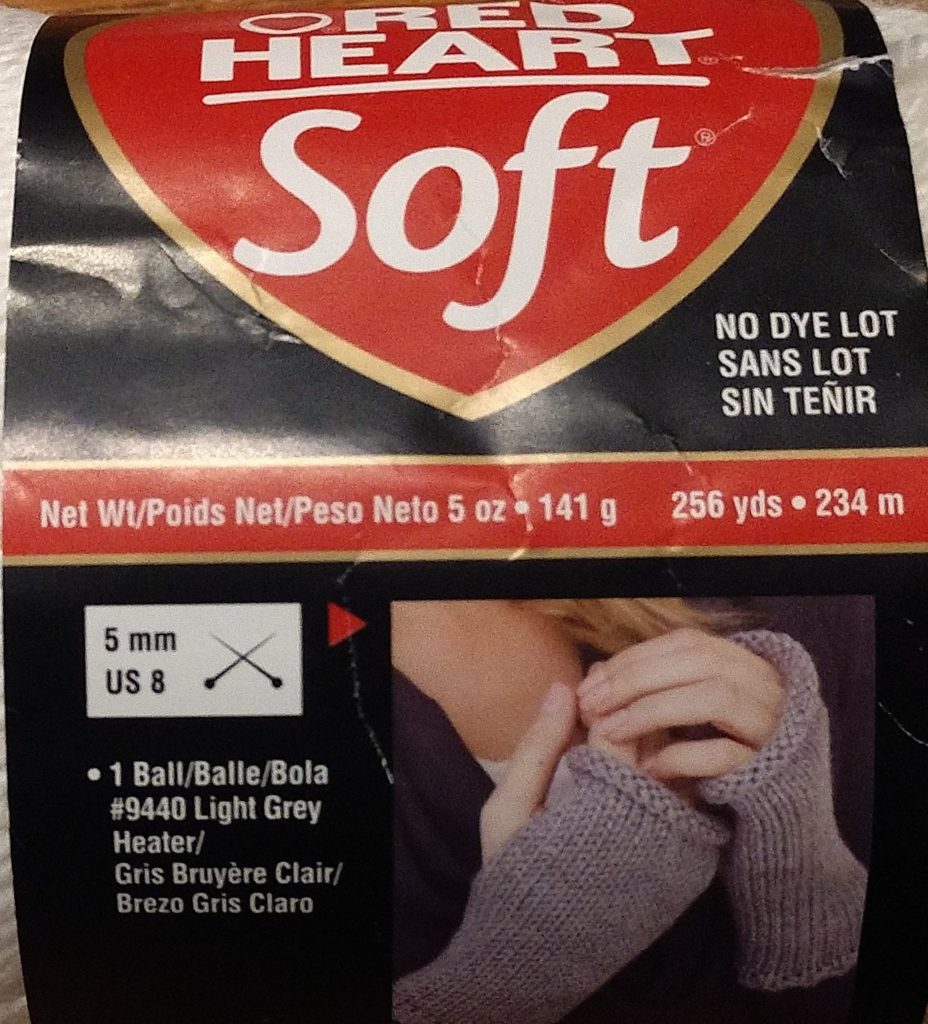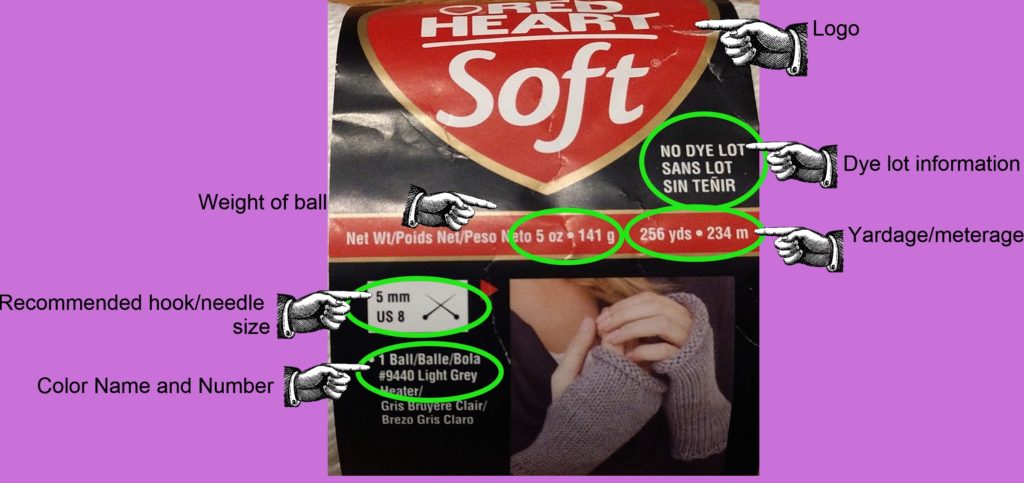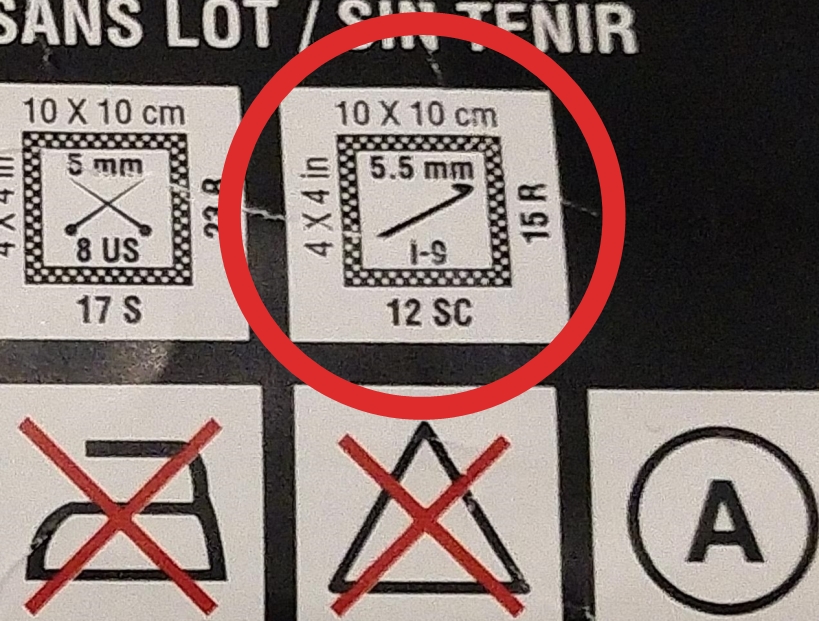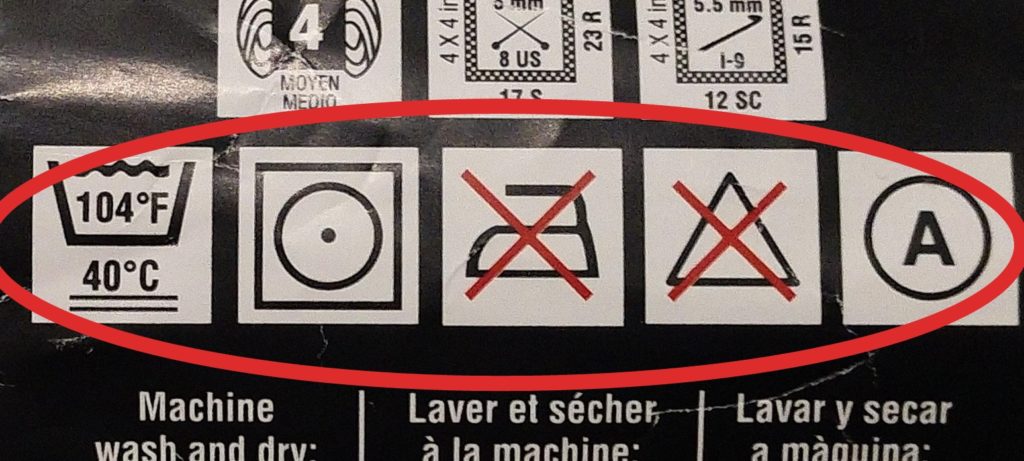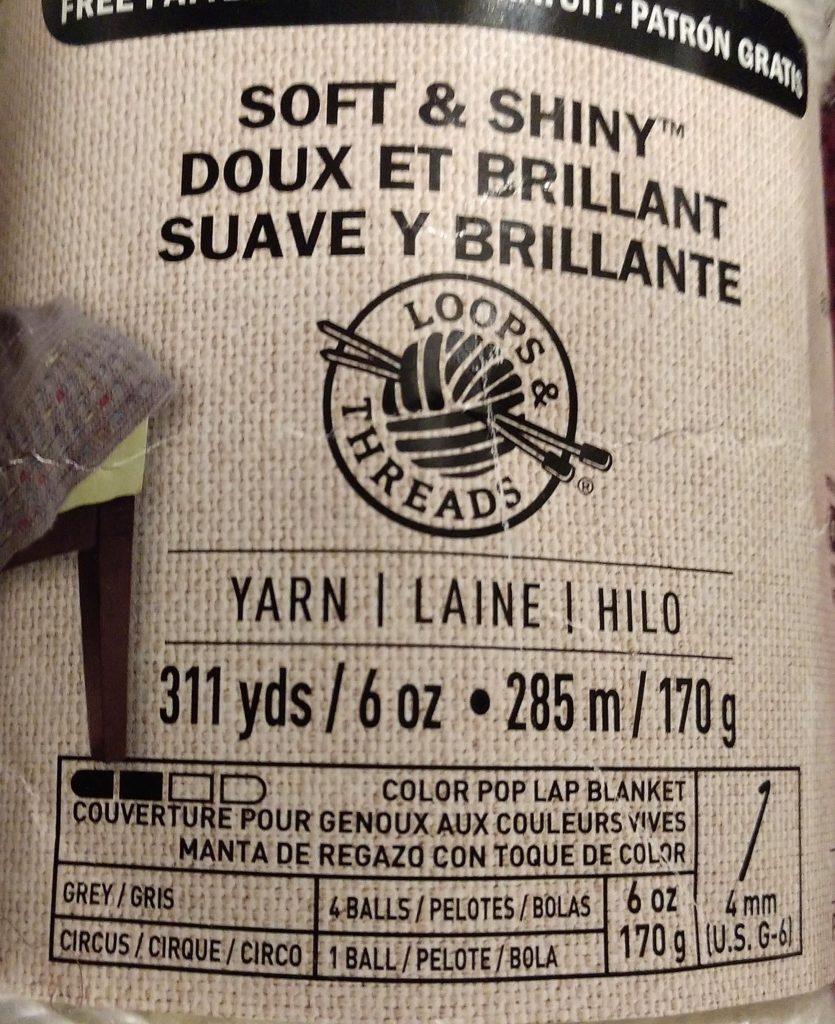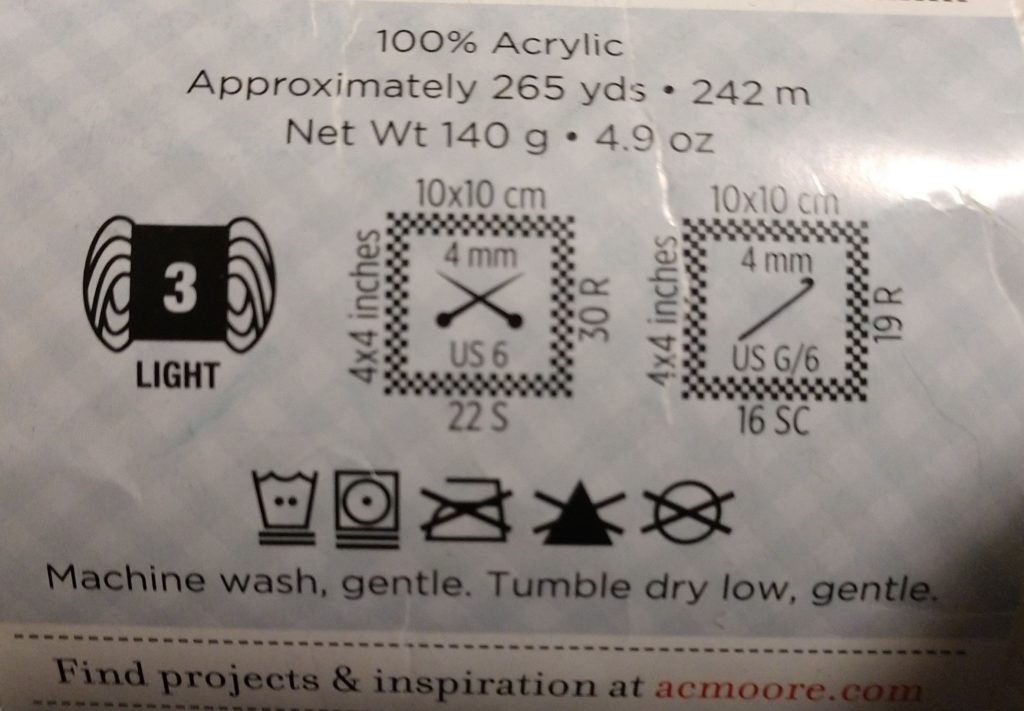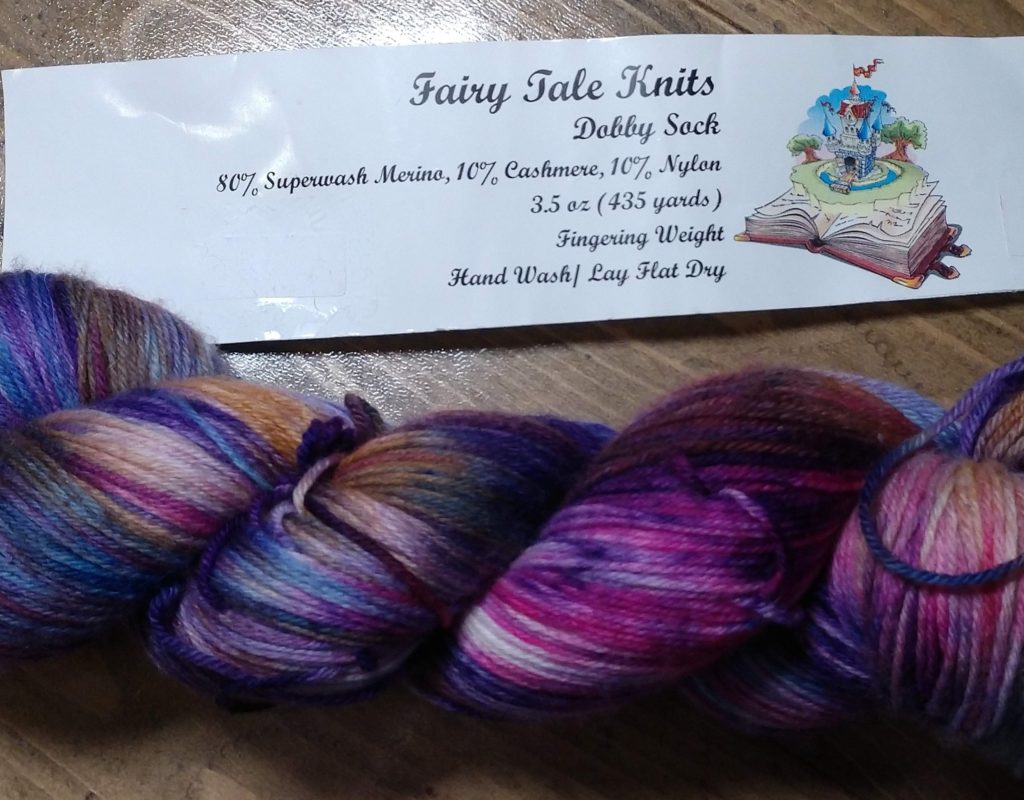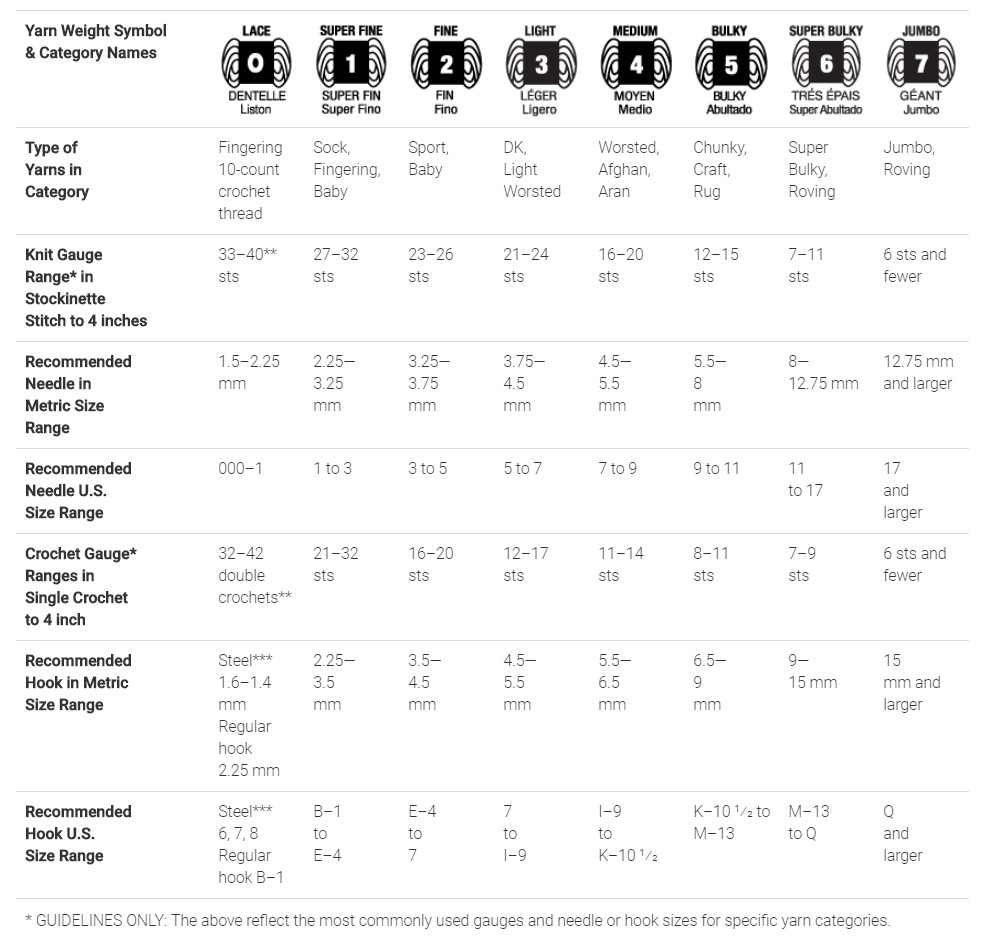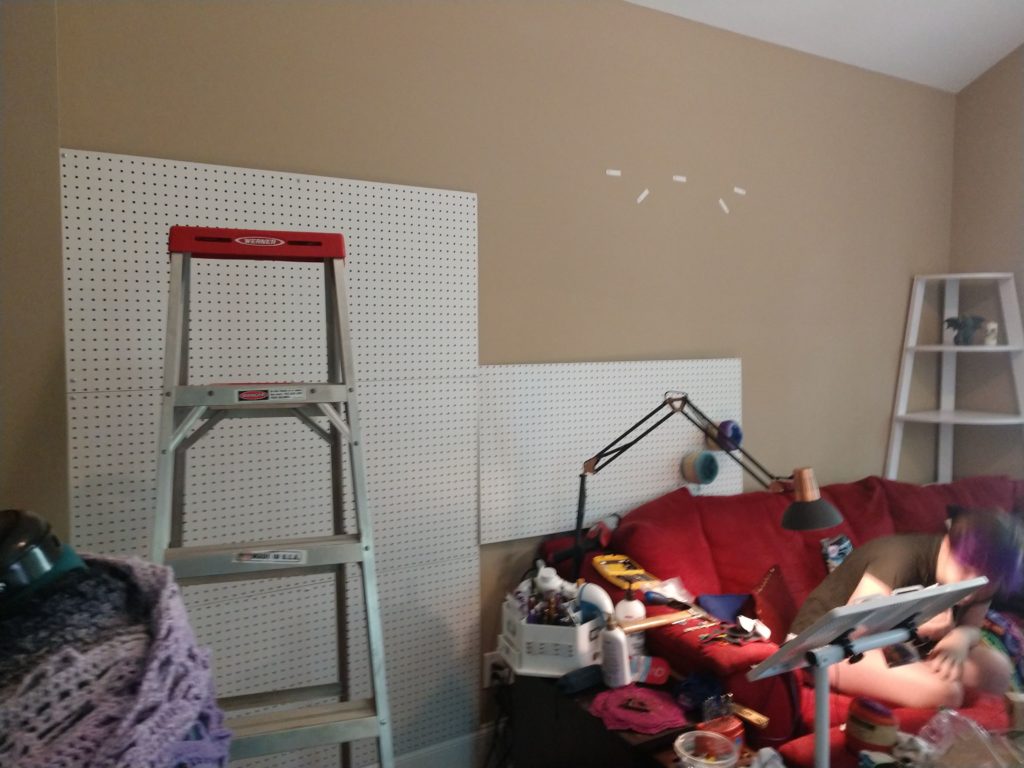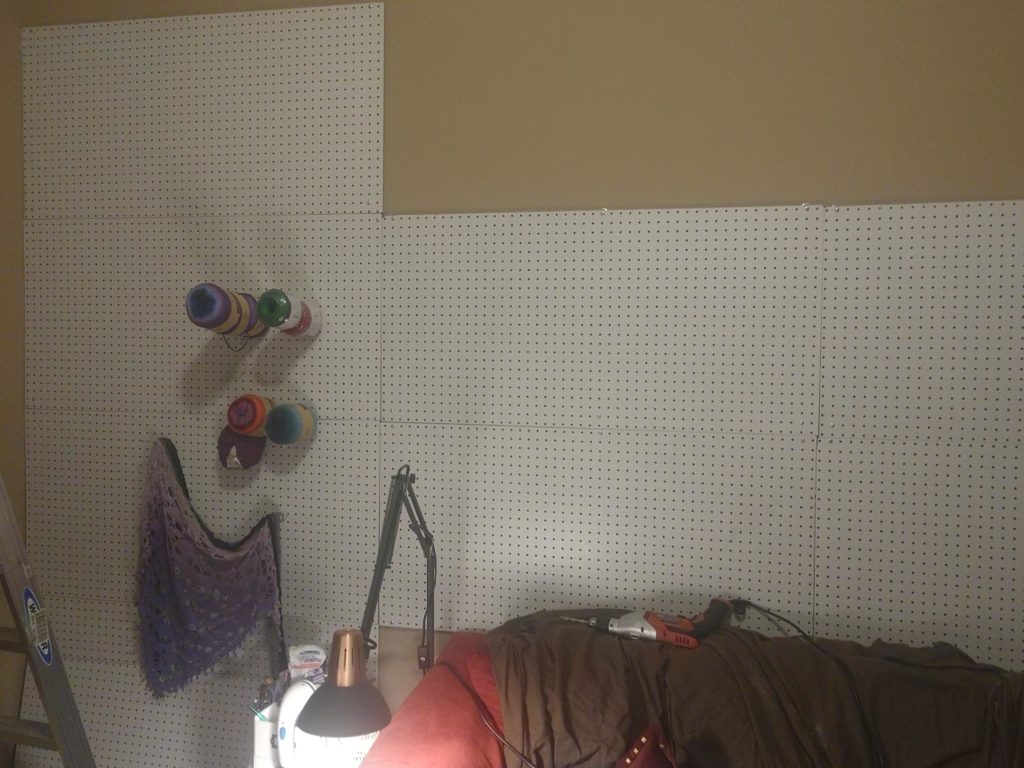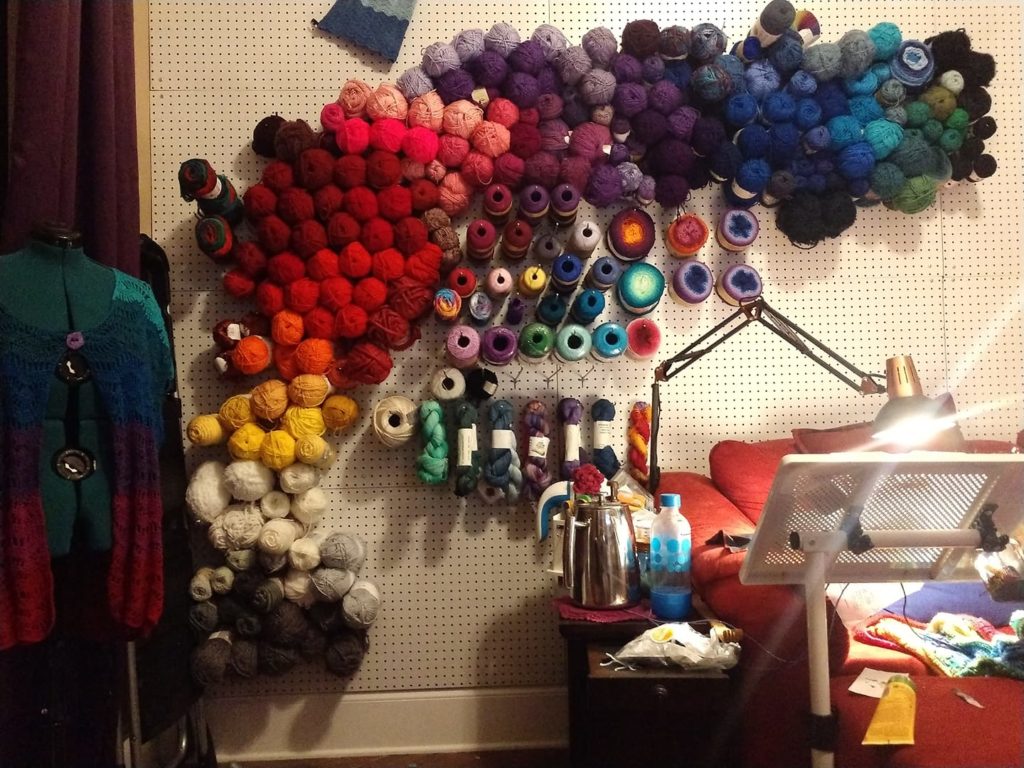Yarn Matters
Up until about 5 years ago, I was exclusively a big box yarn user. I had my favorites, but I never really understood why anyone would pay more than $5 for yarn.
And then I got my first hank of ArtYarns Milano, a yarn distributed by the former Craftsy (now BluPrint, they no longer sell yarn). It was 100% merino wool and a sport weight. Two things I’d never worked with. I’d always thought of wool as scratchy and unpleasant. And sport weight seemed so tiny compared to the yarns I’d worked with before!
I fell in love. The shawl I made is still one of my favorites. It’s a basic pineapple lace shawl and I finally understood why my projects were so bulky and cumbersome before.
Yarn Matters. And, when you limit yourself to big box stores (like I did), you’re missing out on a world of fabulous yarn.
Don’t get me wrong, I still spend way too much money at Michael’s, JoAnns, AC Moore and occasionally Hobby Lobby. There is some great yarn available at these stores. Durable, colorful, easy to acquire… it definitely fills a need. But sometimes you want something special and unique. That’s where small yarn shops really come in handy.
Your local yarn store is a great resource for finding new yarns, new friends, new patterns, fun buttons, notions, all things yarn related. A lot of yarn shops have crochet and knitting groups that meet regularly too! My area has between 5 and 9 small shops (depends on how far you’re willing to consider “my area”). Every spring, all 9 participate in a “yarn crawl” event and I go around and visit them all. I normally set a small budget for each store to buy something little and do my part to support small businesses.
Does your area have a yarn crawl? Check it out if so! It’s a lot of fun!

